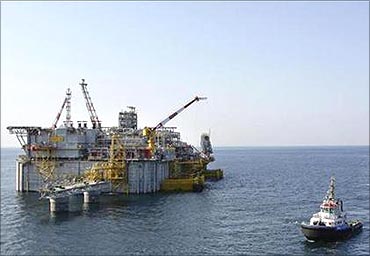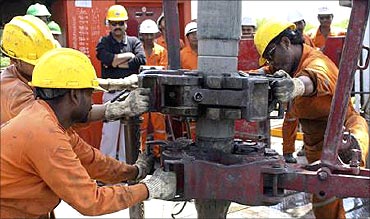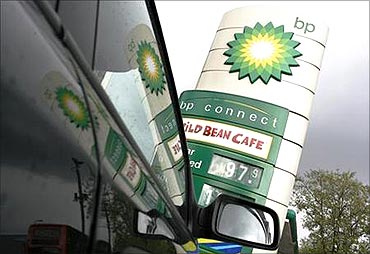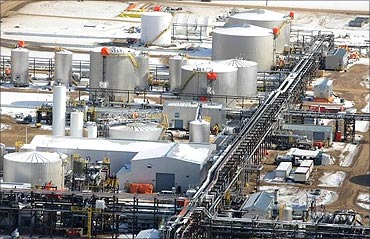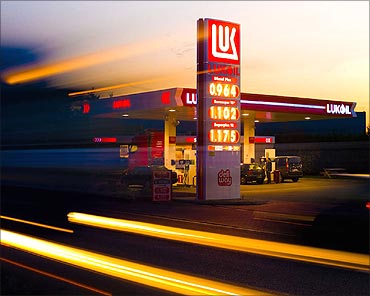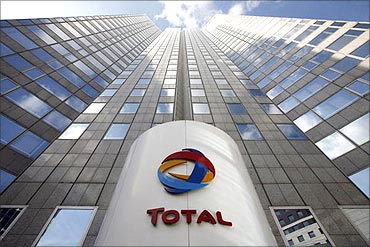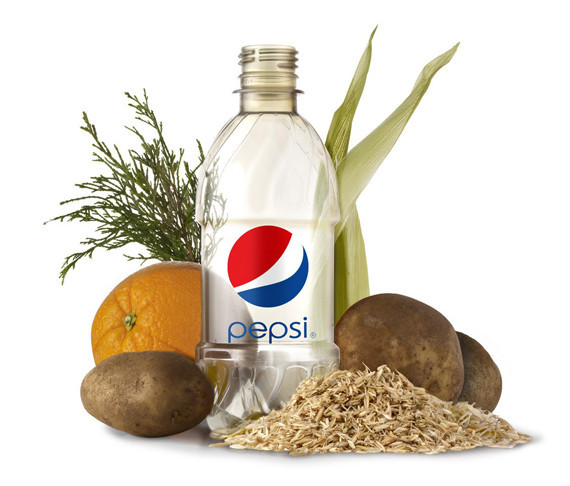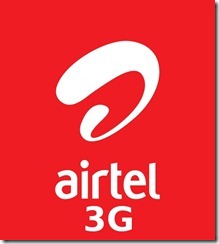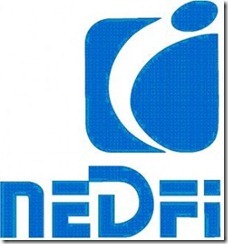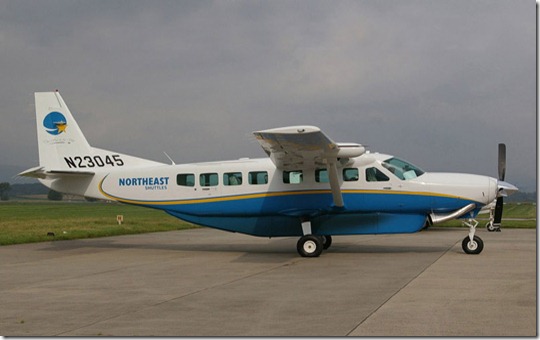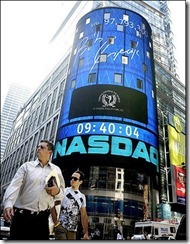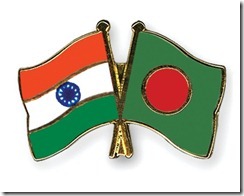Rebranding is a difficult thing to do correctly, especially if you happen to be Bajaj Auto. Why, then, is the company taking such a drastic step? Bajaj Auto wants to force a change in direction to once again steal a lead on the competition. How?

To start with, by dropping the family name from its communication. One can only imagine the behind-the-scenes deliberations at Bajaj Auto headquarters preceding the decision, but it is one that has provoked more than a few raised eyebrows.
Why? Because it is Bajaj Auto. A brand built on the Bajaj family name.
Indeed, the name 'Bajaj' has been an inextricable part of all Bajaj Auto communication over the decades. In 2001 Bajaj Auto introduced a refreshed version of the famed 'Hamara Bajaj' advertising whose earlier version had forged an emotional connect with the 'average' Indian and had firmly established its agency Lowe Lintas as a 'creative' powerhouse.
The ad campaign, where one could see the entire range of new generation Bajaj models against the backdrop of new age consumers blending perfectly with Indian tradition and values, was again hailed as one of the agency's finest.
With the tag line, 'Badal rahein hain hum yahan', it not only showcased the changes Bajaj Auto was making within the company but also showed the transformation that the two-wheeler industry was set to go through.
This was also the time when consumers were beginning to favour motorcycles of rival Hero Honda known for their versatility and fuel-efficiency, ignoring the Bajaj Chetak, an iconic geared scooter, a champion in the 1980s.
Riding piggyback on the Bajaj brand, the Pune-based company, which is India's second largest bike making firm, launched a slew of two-wheelers including motorcycles and gearless scooters over the next few years.
A decade on, Rajiv Bajaj, the enthusiastic mechanical engineer and managing director of Bajaj Auto, has envisaged a brighter future for the company, which he believes can be achieved only if the family name is dropped from all forms of communication.
Going forward the company will do away with the 'Bajaj' brand completely, paving way for branding by models in its stable. At present, two models dominate its portfolio -- Pulsar, launched in 2001, and Discover, launched in 2004 -- that have several variants at different price points.

According to Bajaj, it is essential for a company like Bajaj Auto to separate its name from its models to ensure greater acceptability not just locally but in overseas markets such as Europe and the US.
Rajiv Bajaj says, "Today if you talk to people or go on Google they say that they wish to buy a 'Hero Honda' but when it comes to Bajaj the buyer will say that he wishes to buy a 'Pulsar' or 'Discover'; he won't say I want to buy a 'Bajaj'. This tells me we have succeeded in separating and specialising (in branding)".
Tried and tested
By putting the product brand before the company brand, Bajaj is treading the path chosen by consumer goods giants like Apple Inc, Hindustan Unilever, Kraft Foods Inc, among several others.
The marketing success of international automotive companies like Germany's Volkswagen or Japan's Toyota Motor Corporation that have several brands operating as independent entities, has also attracted Bajaj. He feels that both Pulsar and Discover are well established in the domestic market with a loyal customer base and no longer need the support of an umbrella brand like Bajaj Auto.
Analysts say this strategy may prove favourable for a company that has greater recall for its products built on their brand value rather than the equity of the company which manufactures them.
Hero Honda, for instance, thrived on the success of the Splendor brand created more than a decade ago. More products were launched by the Delhi-based company and the current market leader riding on the success of Splendor and its derivatives over time.

"The success of Splendor and later Passion proved the tipping point for Hero Honda. Both the models were promoted as fuel-efficient bikes which, in turn, strengthened the Hero Honda brand. The company was thus able to venture into newer segments later ," says an analyst from a Mumbai-based brokerage firm.
As far as Bajaj Auto is concerned, the two models, Pulsar and Discover, constitute 70 per cent of its total two-wheeler sales. Pulsar is positioned as a performance-oriented motorcycle serving mostly the younger buyers (referred internally as Krishna at Bajaj), who preferred a bit of style and zing in their vehicle of choice.
Discover, meanwhile, is promoted as a fuel-efficient bike and is targeted at the Splendor segment. This category of buyers (known internally as Rama) are often those who look for high mileage, lower maintenance costs and other add-on utilities in a bike, which is often their first.
Significant others
Bajaj Auto has two other brands in its portfolio -- Platina and Avenger -- but the intention is to focus more on the two volume generating models, according to Bajaj Auto officials.
"We produce the Platina and Avenger since there is a sustainable demand for them. Our focus, however, will remain on the Pulsar and Discover. We do not intend to add any more brands to the portfolio," adds Bajaj.
While India remains the largest two-wheeler market in the world, manufacturers here don't go for premium pricing with most motorcycles and scooters are in the affordable range with small engines.

The international markets will be the mainstay of the Bajaj strategy with the managing director going on record to state that he wants his company to become the largest two-wheeler manufacturer in the world with a significant share of the global market.
"The reason why Bajaj decided to focus on motorcycles is that we want to be a global player. We have no choice but to compete with global competition not only in our market but overseas market as well -- from Chinese at the bottom to the Japanese in the middle to the European at the top," adds Bajaj.
Bajaj intends to break into the league of European and Japanese companies like BMW, Piaggio (Aprilia), Ducati, Triumph, Honda, Yamaha and Suzuki with KTM Power Sports, Kawasaki and Bajaj itself.
For this too, the company believes, it will have to separate its brand from its products. KTM, the Austria-based auto company, where Bajaj Auto holds 38 per cent (through a subsidiary) and intends to have management control later, will play a crucial part in Bajaj's global expansion strategy.
KTM will continue to have independent branding. Bajaj does not plan to lend its own brand to the Austrian bike maker, which in Europe enjoys a very distinct positioning.
Small beginning
Bajaj Auto has taken a few steps in the direction of doing away with the company's branding on its product as the volume models no longer carry the Bajaj name. It will soon undertake a similar rebranding exercise throughout its massive sales and service outlets. The company will put its distribution set up through a complete overhaul and rebrand all consumer touch points, such as showrooms and service centres, on the lines of brands Pulsar and Discover.
Fitch, an international retail design agency which has also worked with entities such as the Nokia, HSBC, Coca-Cola, Tata Docomo to name a few, will help in upgrading the quality of Bajaj showrooms across the country.
The final blueprint of the new marketing plan for its 600-odd showrooms and 1,100 service outlets is in the works and should be ready by March or April this year. Dealers will be required to spend around Rs 1.75 lakh to upgrade their showrooms and service centres. A model dealership based on the new plan will be opened in some markets where existing dealers can experience the changes before they invest to employ a similar transformation.
This will collectively cost around Rs 21 crore for its dealers the strength of which will be 600 this year in addition to 1,100 service centres. The upgradation programme will also encompass the next generation of motorcycles comprising KTM, Kawasaki and Bajaj models that would be launched later this year.
Source: Business Standard
